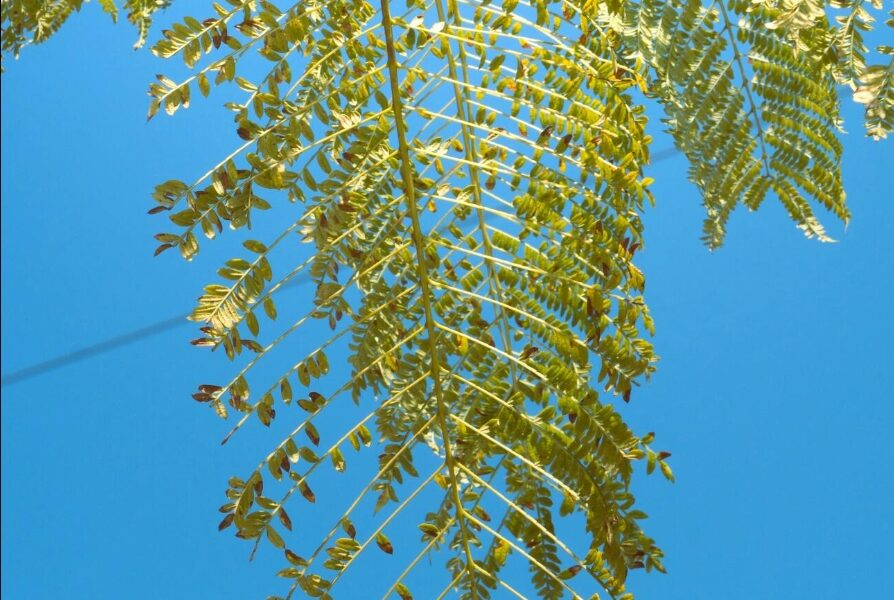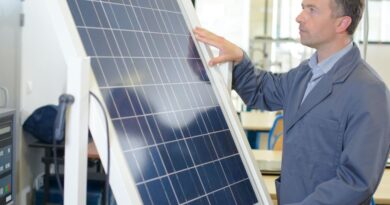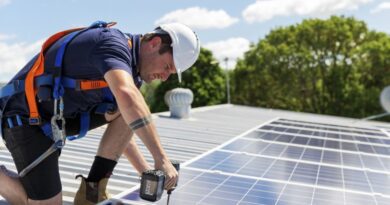Sustainable Design: Key Principles in LEED Categories
Ever wondered why LEED categories are the linchpins of building and design? Imagine living in a world where every building not only blends into the environment but also enhances it. That’s exactly what LEED categories aim to achieve.
You’ll find out what these categories are all about and how they’re changing our spaces by reading this blog post. Furthermore, you’ll learn useful tips on how to apply these methods to your projects in a way that changes the world.
Understanding LEED
Leadership in Energy and Environmental Design is what LEED stands for. In a way, it’s like giving buildings a green light. Each LEED category focuses on a different aspect of sustainability, like different kinds of green.
Energy Efficiency
Buildings that are energy efficient are the first things that need to be done to make them last. Increasing power is what it’s about. It is possible to use less energy by using LED lights and smart thermostats that change based on time and occupancy.
Putting these steps into action will earn buildings LEED points, which shows that they care about being green. Buildings have many features that are good for the environment and save energy. For example, HVAC systems that use less energy and software that controls energy use are two examples.
Water Conservation
It’s important to save water, which is what we’ll talk about next. You are right, we need to save water, especially in places where droughts hurt people and the earth. A lot of this can be fixed by buildings that are LEED-certified.
They come up with clever ways to use less water, collect rainwater, and reuse wastewater. These steps are also good for the environment because they set rules for how modern buildings should use water while they are being built and while they are being used.
Sustainable Materials
Let us learn more about the topic of sustainable materials. The main topic of this conversation is picking materials that are good for the environment, which is an important part of modern building and design, including LEED projects. We show our commitment to protecting the environment by choosing options like bamboo flooring, which grows back and is very strong, or recycled steel, which cuts down on the need for new ore mining.
These materials not only help the environment but also make it easier to get LEED certification, which is a high honor for friendly building practices. There are many sustainable options available, which makes it easier to incorporate materials into our designs. This lets us make spaces that look good, are good for the environment, and can lead to sustainable certification.
Indoor Environmental Quality
Last but not least, we’ve got indoor environmental quality. This is all about making sure the air inside buildings is clean and healthy to breathe. Things like proper ventilation, low-VOC paints, and Chicago interior landscape maintenance can all contribute to better indoor air quality.
The Future is Bright with LEED Categories
In the end, LEED categories are more than rules for green building; they’re a whole way of thinking about how to make the future more conscious. By using these categories in your projects, you’re not only making a space more useful and comfortable to live in, but you’re also helping to keep our planet healthy.
LEED categories are very important for creating sustainable landscapes of the future. They help with things like saving energy and water, using materials, and making sure that indoor air quality is high.
Keep browsing our website for more helpful articles!




